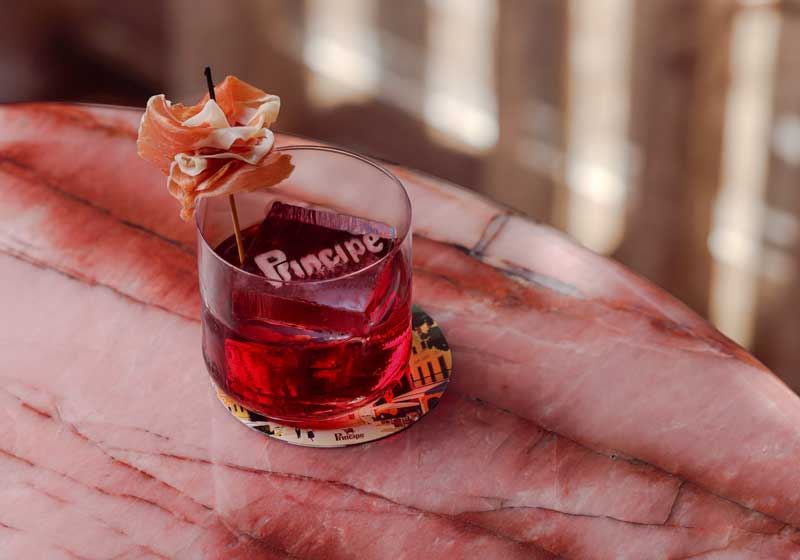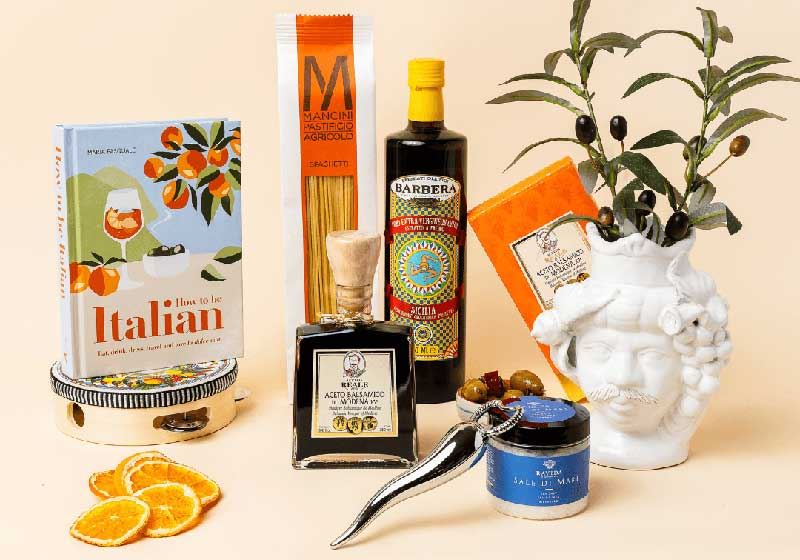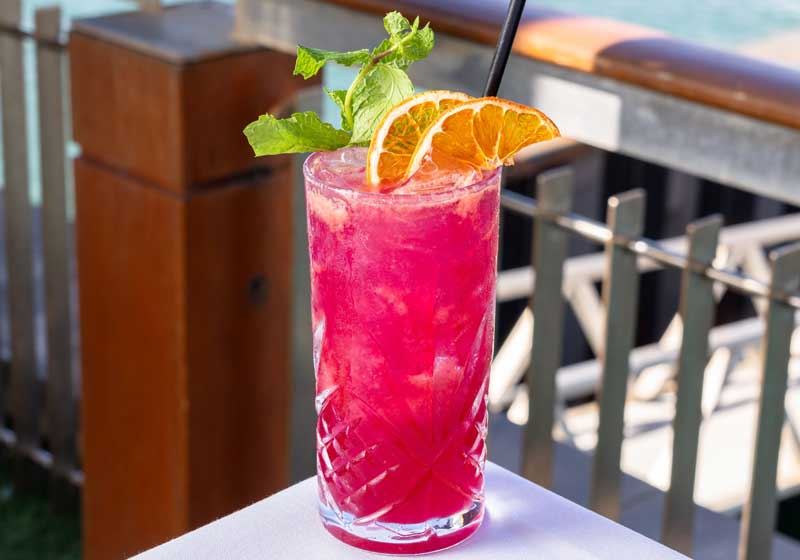By Marie-Antoinette Issa.
Latin America is a melting pot of flavours that define borders. From smoky shawarma spinning on a street corner in Brazil to sushi rolls laced with aji amarillo in Peru, the region’s culinary landscape tells the story of global migration in the most delicious way possible.
Over centuries, waves of migration - from the Middle East, Europe, Asia and North America - have helped shape what we now recognise as iconic Latin American eats. It’s food diplomacy at its finest: cultures meeting on the plate and turning into something entirely new, yet lovingly familiar.
Here are some of the most fascinating fusion stories from the region:
Spanish Style
The most obvious influence across Latin America’s culinary landscape comes from Spain. From the moment of colonisation, Spanish flavours, ingredients and cooking methods fused with Indigenous traditions, creating a new and complex gastronomic identity.
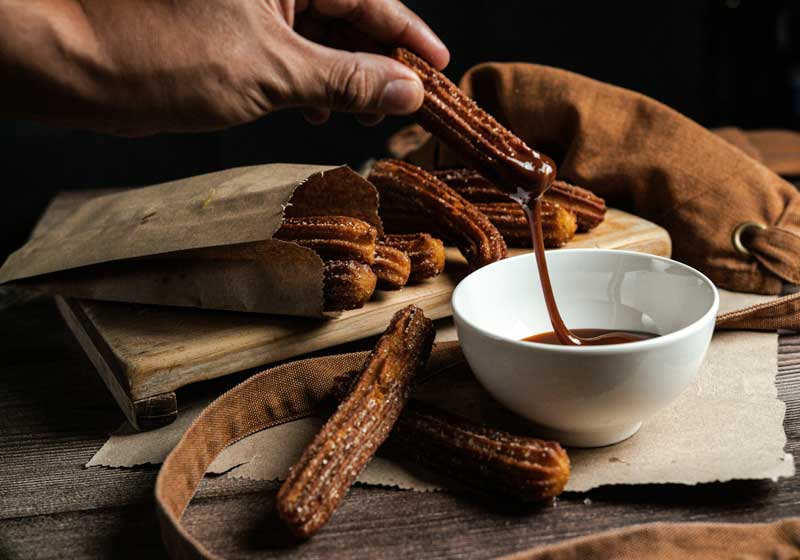
Staples like rice, wheat, olives and pork were introduced and quickly integrated into local dishes. The use of spices, stews like guisos and slow-cooked meats reflect Spanish heritage, while desserts such as flan and churros are direct legacies of Iberian influence.
Today, the Spanish impact can still be felt in everything from festive feasts to everyday family meals, forming a delicious thread that connects diverse Latin cuisines across the region.
The Middle East via Mexico: Tacos al Pasto - the Shawarma-taco Lovechild
One of Mexico’s most beloved street foods - tacos al pastor - actually has roots in the Middle East. When Lebanese immigrants began arriving in Mexico in the early 20th Century, they brought with them their culinary traditions, including the vertical spit-roasted meat known as shawarma.
Originally, they cooked lamb on a rotating spit and served it in pita bread. Over time, Mexican ingredients and tastes took over. Lamb became pork, pita became corn tortillas and Middle Eastern spices met Mexican chillis. Pineapple was later added to the top of the spit - possibly as a nod to tropical flavours and to help tenderise the meat as it cooked.
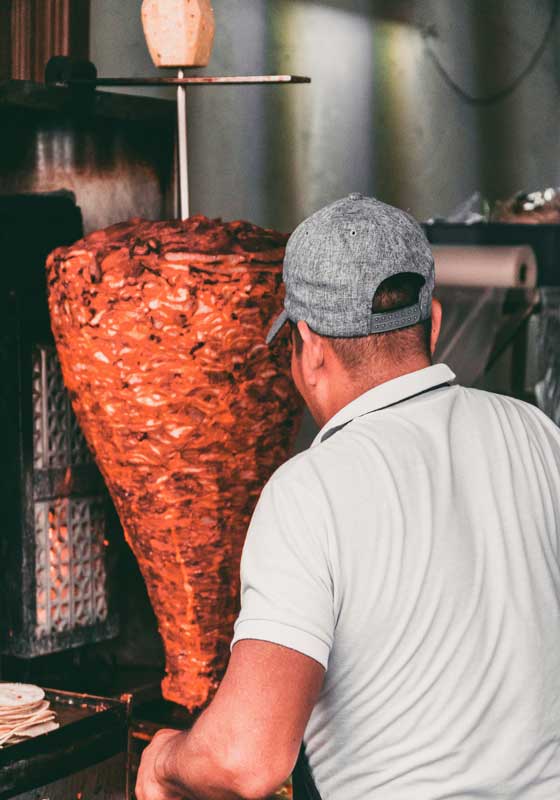
The result of this evolution is tacos al pastor - a smoky, juicy, sweet-and-spicy taco that’s become a cornerstone of Mexican cuisine. It’s everything a great migration dish should be: born from necessity, adapted with love and now a national treasure.
Lebanese in Brazil: Kibbeh with Carnival Spirit
Similarly, in Brazil, feijoada or pao de queijo, may reign supreme, but in cities like Sao Paulo and Rio, there’s another beloved bite: kibbeh. Introduced by Lebanese immigrants arriving in the late 19th and early 20th Centuries, this spiced meat-and-bulgur croquette has gone full samba mode.
Today, you’ll find it in botecos (Brazilian pubs), beachside kiosks and bakeries - often alongside coxinhas and empadas. Brazilians love their kibbeh deep-fried and sometimes filled with local cheese, making it a perfect example of cultural cross-pollination. The Lebanese influence also extends to dishes like sfihas (open meat pies), now standard bakery fare across the country.
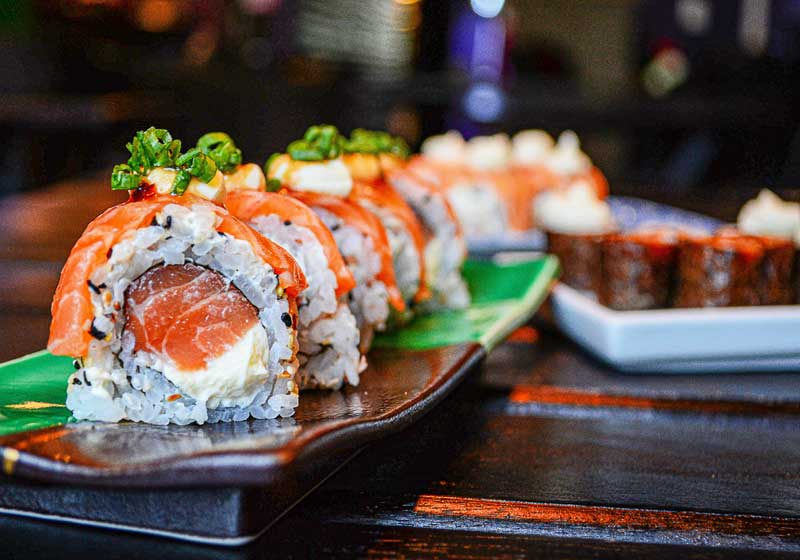
While Lebanese flavours have found a place in Brazilian cuisine, another honourable mention must be the flavours of the Orient where Japanese migration gave rise to a sushi culture unlike anywhere else.
One standout is the hot roll (or hottororu) - tempura-style rolls filled with salmon, cream cheese or shrimp, then deep-fried until golden and served hot, often with spicy mayo or sweet soy glaze.
Argentinean Pizza: a Slice of Italian Soul
Buenos Aires is one of the best places in the world to eat pizza. More than half of Argentina’s population claims Italian ancestry and nowhere is that more apparent than in its food. Don’t expect thin Neapolitan slices here with Argentine pizza being thicker, cheesier and unapologetically indulgent.
Take the ‘fugazzeta’, a pizza piled with onions and oozing mozzarella that could rival any New York slice in drama; or, the fact that locals eat it with faina - a thin chickpea pancake that you lay right on top of your slice. It's a uniquely porteno habit, and it’s delicious.
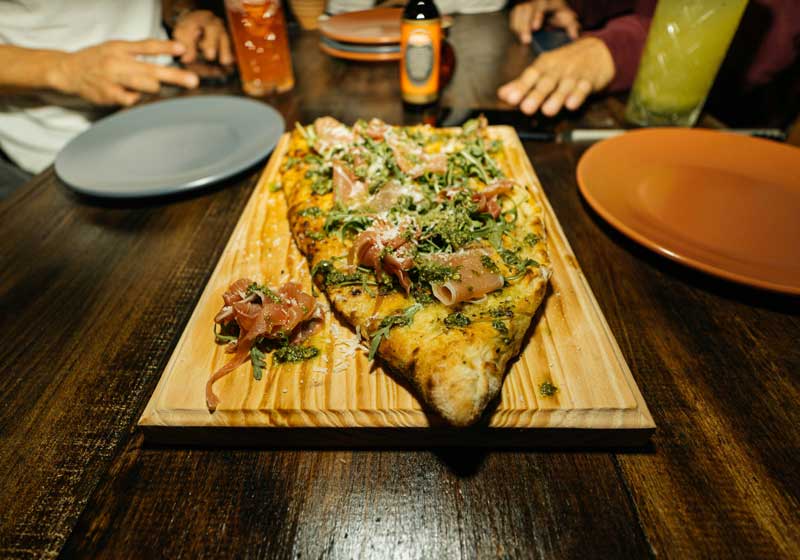
This Italo-Argentine hybrid cuisine extends beyond pizza to pasta dishes with South American twists: gnocchi eaten religiously on the 29th of each month (a nod to Italian superstition) and ravioli stuffed with everything from pumpkin to beef.
Chile (not Chilli) Hot Dogs! The American Eat You Didn’t See Coming
If you thought the hot dog was a strictly American affair, Chile’s ‘completo’ will change your mind. A towering beast of a snack, it’s typically served on a bun and loaded with avocado, mayonnaise, tomato, sauerkraut and sometimes even green beans or cheese.
The completo is just one example of how American food culture found a new expression in Latin America. After World War II, US products and dining habits began infiltrating the region. Chileans didn’t just copy the hot dog - they gave it a makeover that matched their own tastes. You can even find gourmet versions topped with merken, a smoky local chilli.
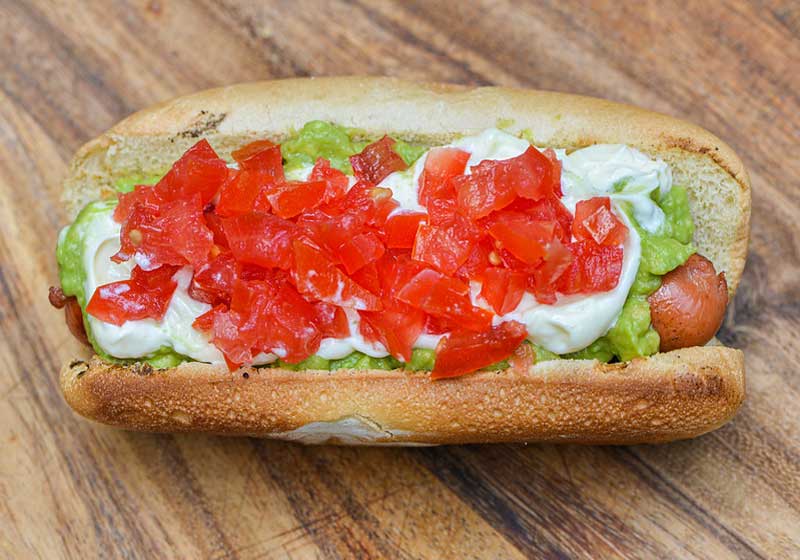
Asian Influences across Peru: Where Soy Sauce Meets Ceviche
Peru might be the poster child for culinary fusion. With one of the largest populations of Chinese and Japanese immigrants in Latin America, it’s no surprise that its cuisine is a delicious mash-up of flavours.
Chinese Peruvians (or Tusan) brought ingredients like ginger, soy sauce and scallions - transforming Peruvian stir-fries into what’s now called chifa. The beloved dish lomo saltado, a beef stir-fry with tomatoes, onions and fries, is the ultimate symbol of this fusion.
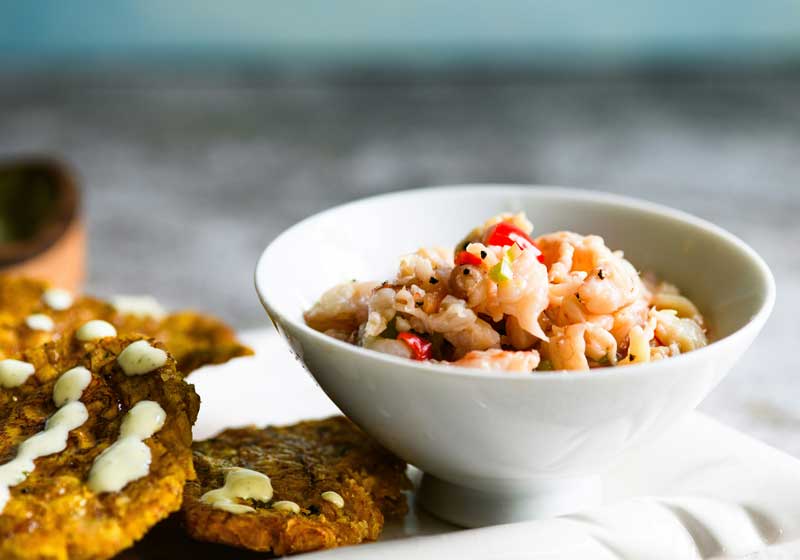
Similarly, Nikkei cuisine was born from Japanese influence. Sushi in Peru often features native ingredients like rocoto peppers, Amazonian fish, or Andean quinoa. Even ceviche, Peru’s national dish, has been reinvented with Japanese precision and minimalist flair.
Medialunas in Montevideo: How Uruguay Turned Croissants into Cafe Culture
While the origins of the croissant lie in Europe, it was the arrival of French and Swiss immigrants to Uruguay in the 19th Century that helped shape one of the country’s most beloved breakfast traditions: cafe con medialunas. These buttery, crescent-shaped pastries - cousins of the French croissant - have become a staple of Uruguayan cafe culture, served in just about every bakery, cafe and confitería from Montevideo to Maldonado.
The Uruguayan medialuna isn’t just a copy-paste of its Parisian predecessor. It’s smaller, denser, sweeter - and often glazed with a sticky syrup that gives it a signature sheen. Some are filled with dulce de leche, others served plain or sliced with a layer of ham and cheese for a savoury twist.

Locals love to pair them with a milky cafe con leche or strong espresso, usually mid-morning or in the late afternoon for la merienda (snack time).
Migration on the Menu
Food is one of the most powerful reminders of where we come from and, how far we’ve travelled. In Latin America, global migration didn’t just influence culture and community; it spiced up the dinner table too. What started as a necessity - immigrants adapting recipes to local ingredients - has become an essential part of national identity.
Today, these fusion dishes are more than just tasty. They’re a tribute to resilience, reinvention and the really beautiful chaos of cultural exchange.


